Introduction: Advanced Strategies for Assessing Garment Cleaning
Cleanroom garments, serving as specialized protective equipment in clean rooms, are extensively utilized in industries with high cleanliness standards such as pharmaceuticals, food, and electronics. The cleanliness of these garments is paramount for ensuring the quality and safety of products. This article presents specific methods for verifying the garment cleaning.
Understanding Cleaning Verification:
Cleaning verification involves assessing whether the cleanliness and cleanliness level of cleanroom garments meet specified requirements through a series of inspections and tests. The primary goal of cleaning verification is to ensure that garments meet cleanliness standards before use, providing reliable protective performance and ensuring the cleanliness and safety of the environment.
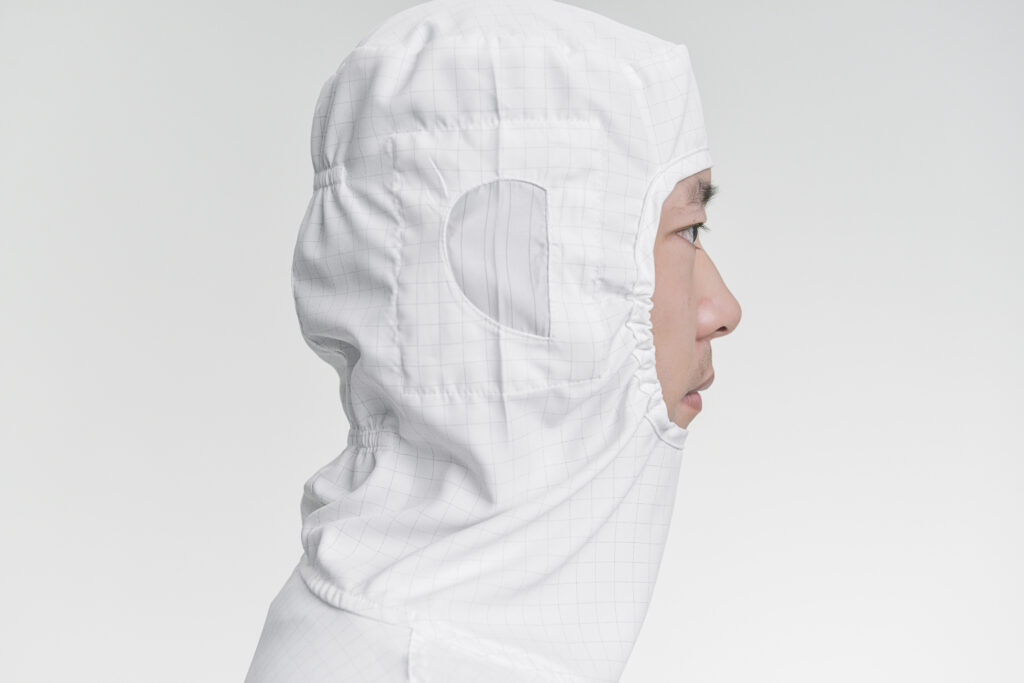
Join Our Official YouTube Channel
Methods for Cleaning Verification:
The verification of cleanroom garments typically involves comprehensive inspection and testing across six major aspects: appearance inspection, dryness inspection, storage time confirmation, dust generation confirmation, dust resistance confirmation, and usage frequency verification.
These aspects collectively contribute to maintaining the desired cleanliness standards.
- Appearance Inspection:
Following the garment cleaning and drying, a visual inspection is typically conducted to assess cleanliness. This visual examination serves as an initial judgment of the garment’s cleanliness.
Careful scrutiny under optimal lighting conditions is essential to identify stains, damage, open threads, and other issues. Areas such as the collar, chest, cuffs, elbows, knees, and shoe covers should be inspected for fiber shedding or fluffing, stains, or damage. This comprehensive inspection encompasses clothing, masks, headgear, shoes, and more. Regular visual inspections play a crucial role in promptly identifying and resolving any problems.
- Dryness Inspection:
The dryness of cleanroom garments is intricately linked to their cleanliness. The dryness inspection focuses on determining whether the garments are completely dry. Inadequately dried cleanroom garments may foster mold growth, leading to contamination of both the garments and the environment. The specific operational process involves weighing the garments before cleaning, followed by washing and drying. After completion, a visual inspection and manual touch are employed to assess dryness, and a qualitative inspection is conducted by weighing.
The weight increase or decrease range of garments before and after cleaning should not exceed 1%. For garments not completely dried, immediate measures, such as re-washing or utilizing drying equipment should be taken.
- Storage time confirmation:
The duration for which cleanroom garments are stored significantly influences their cleanliness. In this process, strict adherence to Standard Operating Procedures (SOP) is imperative. The storage time of cleanroom garments must be meticulously recorded to ensure compliance with established standards. Garments that do not meet these standards require re-washing.
Microbial Sampling of Cleanroom Garments:
Sampling points for cleanroom garments include the collar, cuffs, elbows, chest, knees, and masks. The contact disc method is employed to collect samples, following the requirements outlined in the SOP.
Each sampling part of the garments must meet the following microbial requirements:
Cleanroom garments in Grade B area: ≤5 CFU/vessel
Cleanroom garments in Level C area: ≤20 CFU/25cm2
Cleanroom garments in Level D area: ≤50 CFU/25cm2
Cleanroom garments for Level 100 area: ≤5 CFU/vessel
Cleanroom garments in Level 10,000 area: ≤25 CFU/vessel
Sampling is conducted at various times: before cleaning, after cleaning, and during storage at intervals of 24 hours, 72 hours, 96 hours, and 120 hours. The storage time of cleanroom garments after cleaning or sterilization has been predetermined.
Ensuring strict adherence to these sampling protocols and storage guidelines guarantees the maintenance of cleanroom garment standards, reinforcing their efficacy in controlled environments.
- Confirmation of Dust Generation
During the utilization of cleanroom garments, dust or particles can easily dislodge from the surface. High dust production rates in cleanroom garments may lead to environmental contamination, thereby impacting product quality and safety. To verify the dust-generating properties of cleanroom garments, the measurement of dust generated by washed and dried garments is crucial to ensure compliance with standard requirements.
Various methods can be employed for determination, including the microscope method, counting method, roller method, and vibration method.
4.1 Microscopy:
In this method, air is allowed to pass through the test garment. The test probe, equipped with a filter membrane, is directly connected to a suction metering pump (with an airflow of 28L/min).
Dust particles in the air are captured on the test filter membrane. Using a 400x microscope, observations are made on the grid filter membrane (printed with 3.08mm), statistically reading the number of dust particles between 0.5-5 and above 5 in a grid.
4.2 Counting Method:
The sample is placed on a stand with a metal mesh, allowing air (28L/min) to pass through the test garment. The sampler attracts particles, and a particle counter is used to measure the size and number of dust particles.
4.3 Roller Method:
Ultra-clean washed and dried garments are loaded into a drum and rotated at a specific speed. Drum rotation causes garments to tumble, suspending dust particles attached to their surfaces. An air suction port with a particle counter at the drum’s outlet measures suspended dust particles, allowing for the assessment of garment cleanliness. The standard rotating drum size for testing is 43cm × 33cm, featuring 4 blades on the drum’s interior, and a rotation speed of 10 rpm.
4.4 Vibration Method:
In this method, the sample is placed in a small chamber, and particles are generated through vibration and twisting, measured with a particle counter. Larger particles (above 25) are captured on a filter membrane, and particle counts are recorded. The air volume is maintained at 3.5 feet/min (0.099m/min), with vibrations occurring 150 times/min.
For cleanroom garment dust-generating tests, the roller and vibration methods are commonly utilized, requiring the facilities of a professional institution. Alternatively, if the cleanroom garment manufacturer provides a dust-generating test report for the fabric and demonstrates that the garments are made from this specific fabric batch, they may also pass the test.
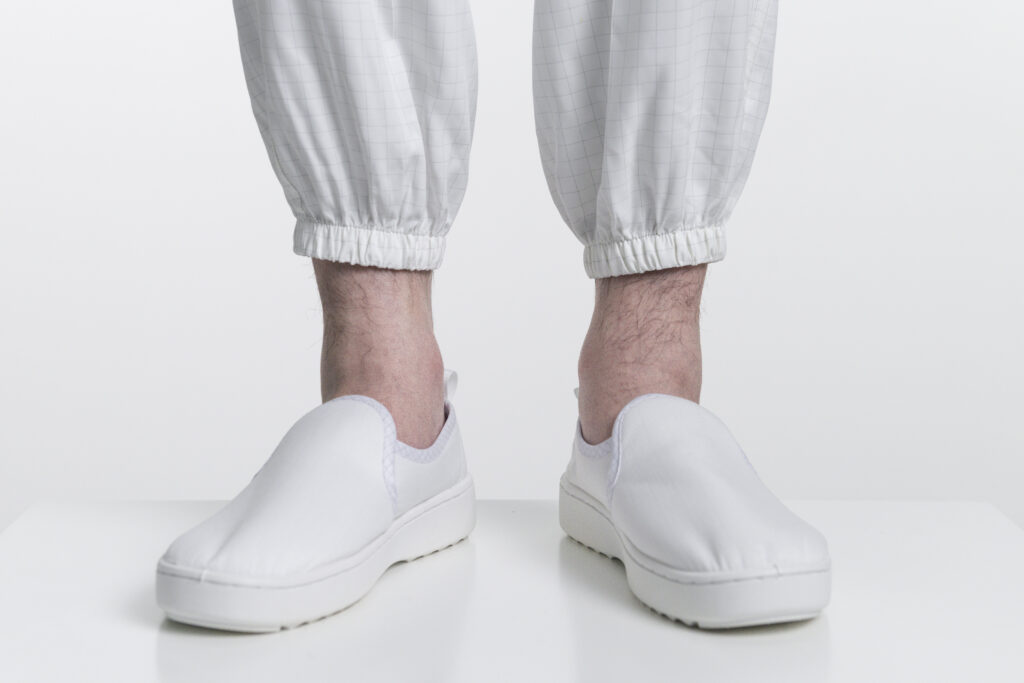
- Dust resistance Confirmation:
Utilize cleanroom garments as the filter cloth for the filtration system. Dust is released upstream, and the downstream leakage concentration is monitored. The leakage rate should not surpass 0.01%. With the collected data, the dust-blocking performance of the cleanroom garment can be assessed, allowing for the implementation of measures to enhance its dust-blocking effectiveness.
If the manufacturer of the cleanroom garments can furnish a dust-generating test report for the fabric used in this batch of garments and can substantiate that this specific batch of garments is indeed crafted from this particular fabric, it may also meet the required standards.
- Usage Frequency Verification
It is essential to verify the number of times cleanroom garments can be used. The more frequently they are used, the higher the likelihood of surface contamination or wear. To uphold the cleanliness of cleanroom garments during use, the usage frequency should be systematically verified and recorded.
The specific operational process is outlined as follows:
After cleaning, drying, disinfecting, and sterilizing the cleanroom garments, they should be used under normal conditions and tested after a specific number of uses.
Methods 1,2,3,6 of can be tested internally, while Point 4 and 5 must be submitted a third party for inspection. Each test should be meticulously recorded. The assessment continues until the appearance inspection is damaged beyond repair, the dust generation test and dust resistance test fail, determining the appropriate number of garment cleaning uses.
Cleanroom garments that have reached or exceeded the recommended number of uses should be promptly replaced. The cleaning verification of cleanroom garments is a multifaceted and systematic process involving several stages. Comprehensive consideration and corresponding measures are necessary to ensure that the cleanliness of cleanroom garments aligns with production requirements, providing a guarantee for product quality and safety.


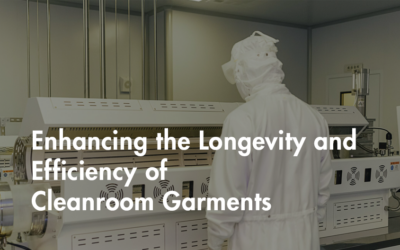
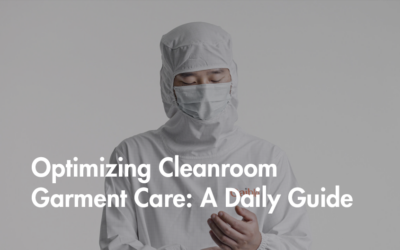
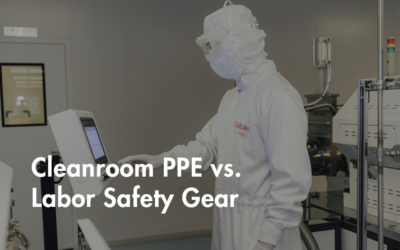

0 Comments